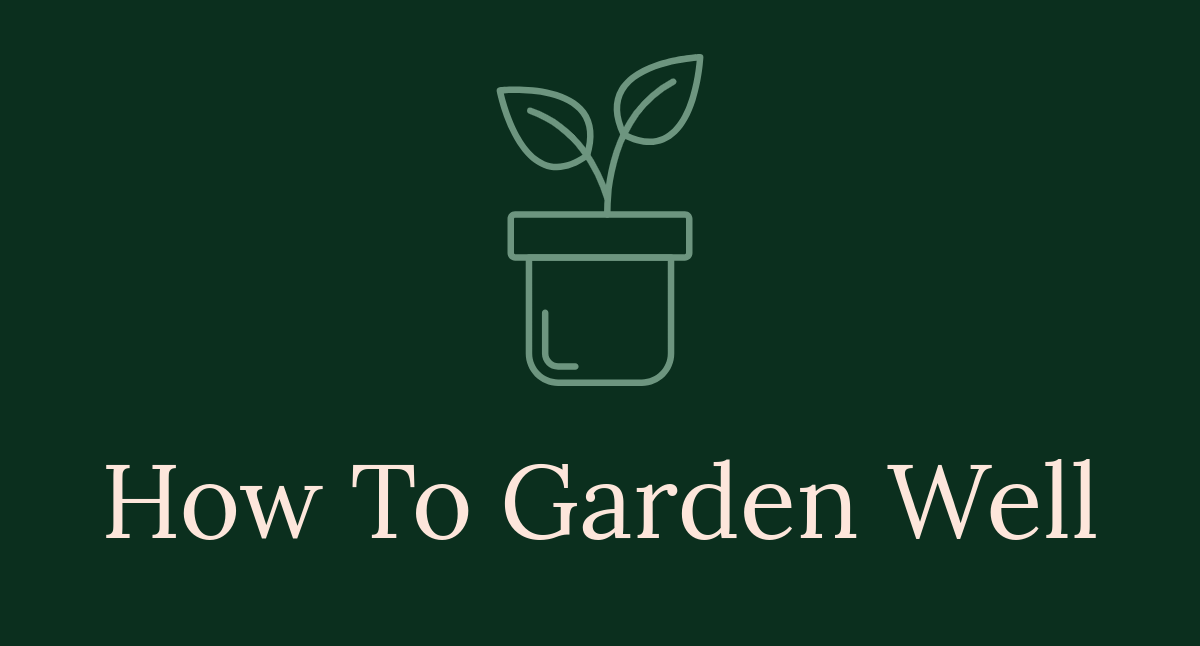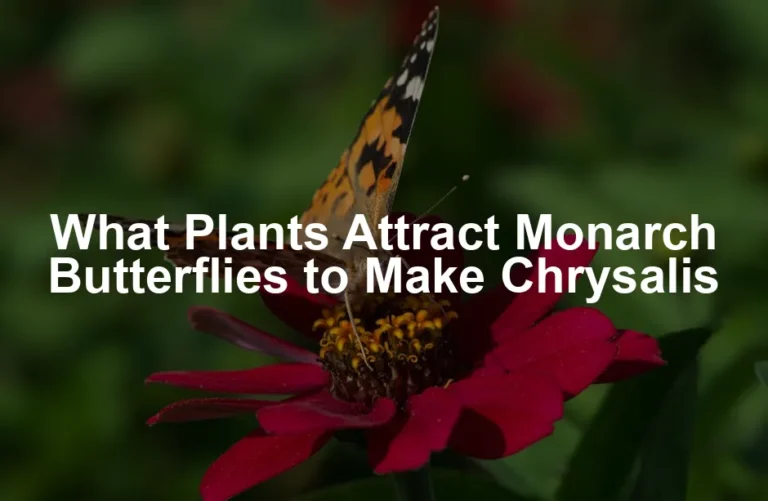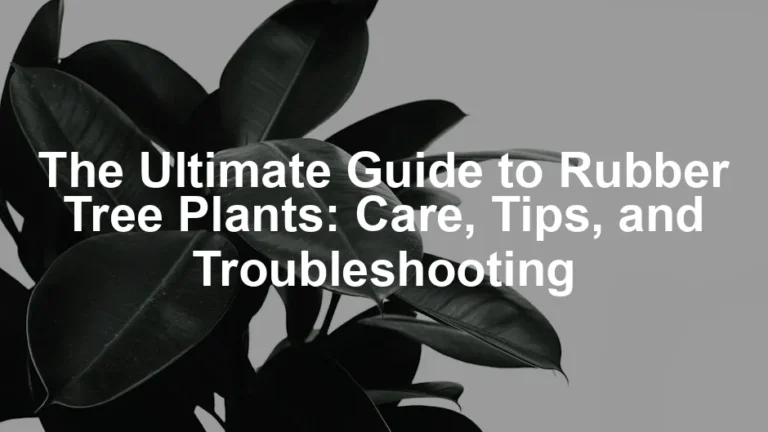

How to Kill Water Plants Worms and Bugs: A Comprehensive Guide
Why You Need to Control Worms and Bugs in Water Plants
Worms and bugs can wreak havoc on your water plants. These pests often feed on leaves, stems, and roots. This feeding leads to stunted growth and wilting. In severe cases, plant death can occur.
Certain pests can also introduce diseases into your aquatic environment. Diseases can spread quickly, impacting both plants and fish. This creates an unhealthy ecosystem.
Common pests include Planaria, nematodes, and aphids. Planaria are flatworms that thrive in aquariums. They can reproduce rapidly, leading to infestations. Nematodes, though microscopic, can damage plant roots. Aphids, small and often green or black, suck sap from plants, causing yellowing leaves.
Statistics show that 50% of water gardens experience pest problems at some point. This highlights the importance of early detection and control.
Regular inspections of your water plants are essential. Catching infestations early can save your plants and preserve the aquatic ecosystem. Don’t wait until it’s too late! Check your plants often for signs of pests.
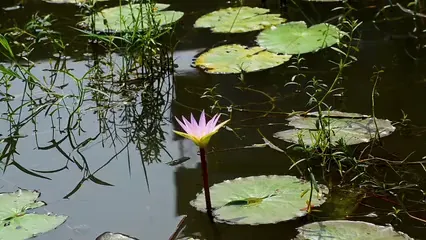
Identifying Common Water Plant Pests
Identifying pests in your water plants is crucial. Misidentifying pests can lead to ineffective treatments, wasting time and resources. Knowing the specific pests helps tailor your approach, ensuring better outcomes.
Common Worms Found in Water Plants:
- Planaria (Flatworms): These small, flat worms can be white, brown, or black. They thrive in aquariums, often feeding on decaying matter and living plants. A sudden increase in their population can indicate an unhealthy environment. Planaria can reproduce rapidly, leading to infestations that stress your plants.
- Nematodes: Though microscopic, nematodes can cause significant damage. They often attack plant roots, leading to wilting and poor growth. Their presence might not be visible, but their impact is felt through stunted plant health.
Common Bugs Found in Water Plants:
- Aphids: These tiny insects often appear in clusters. They can be green, black, or brown and typically feed on plant sap. Aphids weaken plants, causing yellowing leaves and stunted growth. Their rapid reproduction can lead to large infestations.
- Dragonfly Larvae: While dragonflies are beneficial as adults, their larvae can be predatory. They feed on small animals and plants, potentially harming your aquatic environment.
- Water Beetles: These pests can damage plants by feeding on their tissues. Their larvae also pose a threat as they are voracious eaters.
Understanding the physical characteristics of these pests is vital. For instance, Planaria have a distinct flat shape, while aphids are small and pear-shaped. The damage they cause varies: Planaria can lead to plant decline, while aphids may introduce diseases.
Statistics show that effective pest identification can improve treatment success rates by over 70%. This highlights the importance of knowing your water plant pests.
Curious about the specific pests affecting your plants? It’s time to investigate! Identifying your pests correctly is the first step toward a healthy aquatic environment.
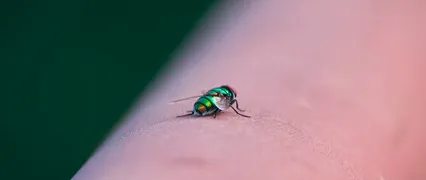
Natural Remedies
Are you tired of pesky worms and bugs invading your water plants? Natural remedies can be a great first step in tackling these nuisances. They are eco-friendly and easy to use. Let’s look at a few effective solutions.
Saltwater Dips for Aquatic Plants
A simple saltwater dip can help eliminate pests without harsh chemicals. Here’s how to do it:
- Fill a bowl with dechlorinated water.
- Add aquarium salt, mixing until dissolved.
- Submerge the affected plant for 5-10 minutes.
- Rinse the plant thoroughly with fresh, dechlorinated water.
This method is chemical-free and generally safe for aquatic plants. Just be cautious, as repeated treatments may be necessary for severe infestations.

Neem Oil Solutions
Neem oil is an excellent organic solution for various pests. It disrupts the life cycle of insects and helps prevent future infestations. To create a neem oil spray:
- Mix 1-2 teaspoons of neem oil with a quart of water.
- Add a few drops of liquid soap to help the solution adhere.
- Spray directly on affected plants, avoiding water contact.
Neem oil is effective against aphids, mealybugs, and even some worms. However, it’s crucial to use it carefully, as it can harm aquatic life if overapplied.
Using neem oil can be an effective way to manage pests in your water plants. Natural remedies for common plant diseases
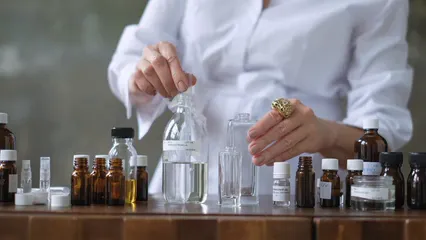
Benefits and Limitations of Natural Remedies
Natural remedies are generally safe for your plants and aquatic environment. They can effectively control low to moderate pest populations. However, they may not work as quickly as chemical treatments. If you find yourself facing a severe infestation, consider combining natural methods with other strategies.
Statistics suggest that over 70% of gardeners report success with natural pest control methods. So, why not give these solutions a try first? They offer an eco-friendly way to maintain the health of your water plants while protecting the environment.

Biological Control
Introducing natural predators is an effective way to manage pest populations in your aquatic environment. This method, known as biological control, relies on the natural behaviors of predator fish and other organisms.
Types of Predator Fish to Introduce
Consider adding fish like guppies, Bettas, or Gouramis to your pond or aquarium. These species are known for their appetite for small worms and insects. They can help keep pest populations in check while adding beauty to your water garden.

Benefits of Biological Control
Biological control offers several advantages. First, it reduces the need for chemical treatments, making it safer for both plants and aquatic life. Additionally, predator fish can help maintain a balanced ecosystem. They not only target pest populations but can also contribute to the overall health of your aquatic environment.
Statistics indicate that biological control can reduce pest populations by up to 90% in some cases. This highlights the effectiveness of introducing natural predators.
Are you ready to consider biological controls as a long-term solution? It’s a sustainable way to manage pests while supporting a healthy aquatic ecosystem.
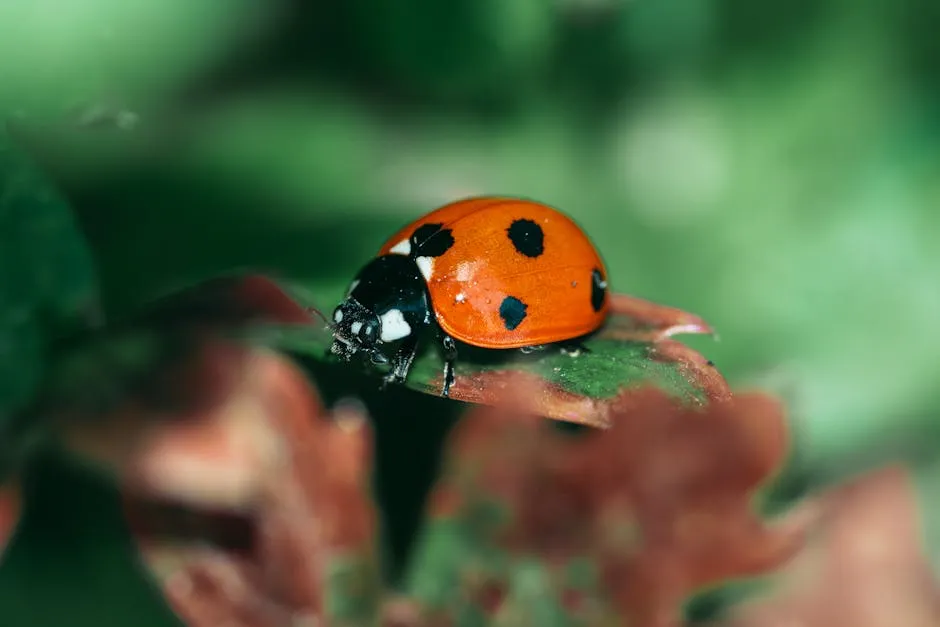
Chemical Treatments
Sometimes, pests can overwhelm your water plants. When natural and manual methods fall short, chemical treatments may be necessary. However, using these substances safely is crucial to protect your aquatic ecosystem.
There are various chemical treatments available. Insecticides like insecticidal soap spray effectively targets pests such as aphids. Anti-parasitic medications can control flatworms like Planaria and nematodes. Always choose products specifically labeled for aquatic use to minimize risks.
When using chemicals, taking precautions ensures safety. Read product labels thoroughly to follow application instructions. Avoid treating plants directly in water to prevent contamination. Instead, consider isolating affected plants during treatment. Also, only apply treatments on calm days to prevent wind drift.
Statistics indicate that improper chemical use can harm aquatic life. For instance, research shows that certain insecticides can reduce beneficial insect populations by up to 90%. This decline disrupts the ecosystem balance, affecting fish and other aquatic organisms.
Before applying any chemical treatment, consult with experts or local extension services. They can provide tailored advice based on your specific situation. Remember, maintaining a healthy aquatic environment is the ultimate goal. Use chemicals responsibly to keep both your plants and aquatic life thriving.
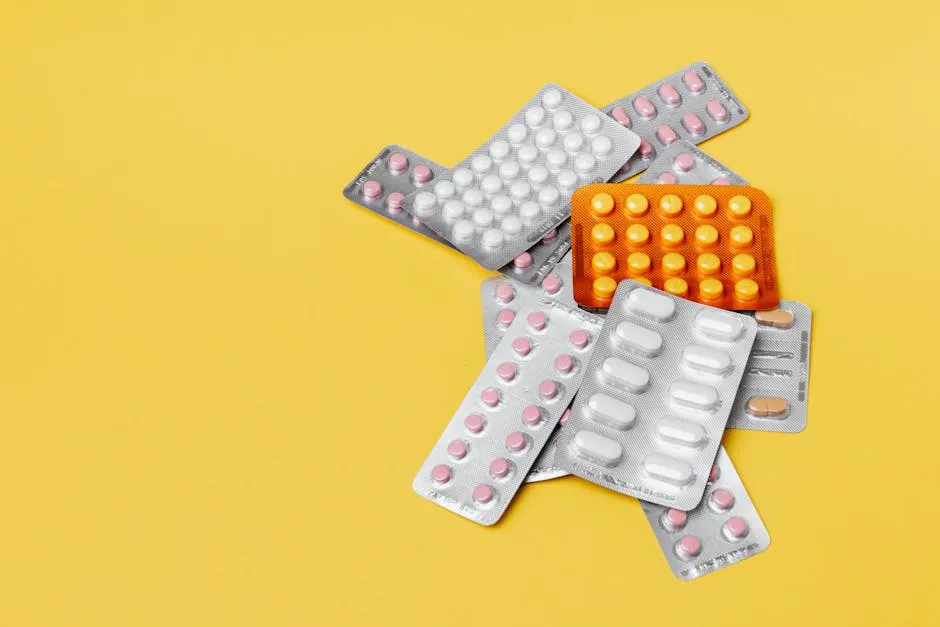
Preventing Future Infestations
Maintaining a healthy aquatic environment is key to preventing pest issues. Regular maintenance of your water features plays a significant role in this process. Clean your pond or aquarium regularly to remove debris, which can attract pests.
Monitoring water quality is equally important. Regularly test for pH, ammonia, and nitrate levels. Poor water quality can stress plants, making them more susceptible to pests.
Another best practice is to quarantine new plants before introducing them to your aquatic environment. This helps prevent any pests from spreading to your established plants. By taking these preventive measures, you can create a thriving, pest-free ecosystem.
Embrace these strategies for long-term success in your water plants’ health!

Conclusion
Effective pest management is vital for keeping your water plants healthy. Unchecked pests can lead to stunted growth, plant death, and disease spread. By monitoring and managing pests, you help maintain a balanced aquatic ecosystem.
In this article, we discussed several methods to combat water plant worms and bugs. Manual removal allows for immediate action against small infestations. Natural remedies, like saltwater dips and neem oil, provide eco-friendly options. Biological control introduces natural predators to keep pest populations in check. When necessary, chemical treatments offer a more aggressive approach but should be used cautiously.
Remember, proactive monitoring is key. Regularly inspect your aquatic environment for any signs of pests. Early action can save your plants and support a thriving aquatic habitat.

FAQs
What are the most common bugs that affect water plants?
Common bugs include aphids, water beetles, dragonfly larvae, and mealybugs. These pests feed on plant tissues and can cause significant damage.
How do I get rid of flatworms in my aquarium?
To control flatworms, consider manual removal or using anti-parasitic medications. Introducing predator fish like Bettas can also help manage their population effectively.
Is neem oil safe to use in aquariums?
Neem oil can be effective against pests but should be used with caution. It’s best to avoid direct contact with fish and monitor for any adverse reactions.
How can I prevent snails from overrunning my aquarium?
Prevent snails by avoiding overfeeding, cleaning your tank regularly, and introducing snail-eating fish. Quarantining new plants can also help prevent infestations.
How often should I clean my pond or aquarium to avoid pest infestations?
Cleaning every 2-4 weeks is recommended to remove debris and prevent pests from establishing. Regular maintenance helps maintain a healthy aquatic environment.
Looking to enhance your aquarium experience? Consider investing in an aquarium vacuum cleaner to keep your tank debris-free and your fish happy!
Please let us know what you think about our content by leaving a comment down below!
Thank you for reading till here 🙂
All images from Pexels
